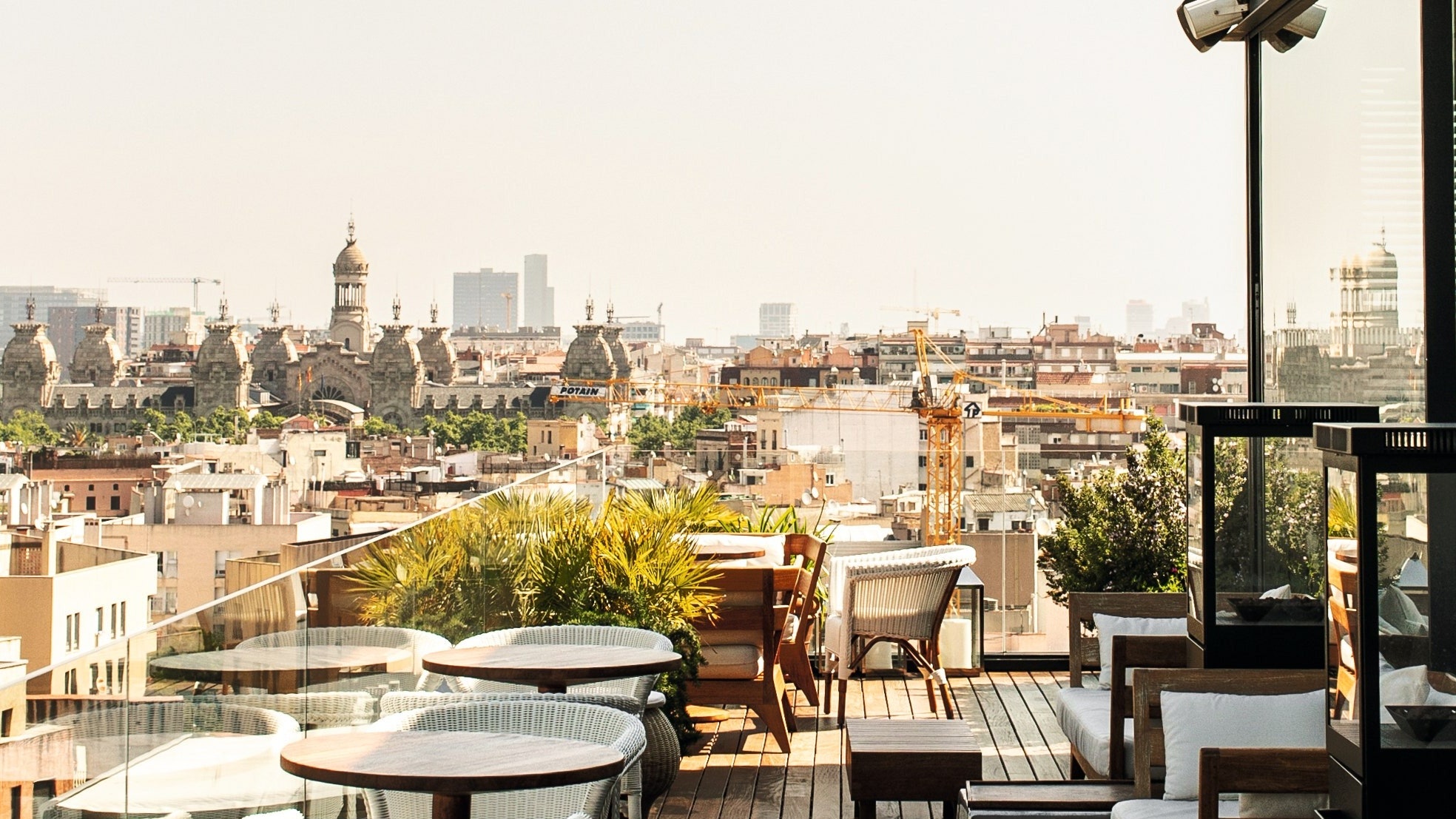Barcelona’s Vibrant Comeback: Exploring Its Off-Pitch Neighborhoods
Lockdown struck Barcelona hard. However, the buzz has returned – this time in the city’s off-pitch neighborhoods.
Bar-ce-lo-na… the word has a natural lilt, a melody that builds to a pitch and gently subsides like a wavelet breaking on a Mediterranean shore. At odd moments, when skies are grey and the mood is glum, I murmur the word to myself and a tiny charge of dopamine fires inside my brain.
I first fell for Barcelona as a teenage backpacker in the 1980s, when this was still a rough-and-tumble harbor city. However, after the Olympic Games three decades ago, Barcelona underwent a significant urban transformation that turned it into one of the world’s most envied cities. The years that followed have felt like a golden age: Gaudí and modernista masterpieces revealed and restored, a vibrant food scene blossoming post-El Bulli, and a trendy set of boutique hotels emerging throughout the city.
Now, strolling down the Ramblas in the spring sunshine, I recognize in my fellow strollers the particular rhythm of Barcelona walking—unhurried yet purposeful. It’s essential to look both down at the pavements with their curious designs and upwards at the stunning skyline, adding to the city’s enchanting landscape.
Turning off the main drag into the old town, I find that memory is no longer enough. This morning, the alleys around the cathedral are unusually quiet, with many shopfronts hidden behind metal shutters. Residents had previously struggled against overtourism, particularly with the cruise industry bringing in large crowds daily. When Covid struck, tourism vanished overnight, creating a devastating situation for local businesses.
However, Barcelona has endured far worse challenges. After the Black Death in 1348, a staggering 60% of the city’s population was lost. Yet following the pandemic, the city is already recovering, as evident in Poblenou, a former industrial area now turned vibrant neighborhood. Here, I meet Brian Gallagher, an architecture graduate who settled in Barcelona in 2009. He runs a bespoke tour company showcasing design-forward areas like Poblenou, which continues to grow as a hub for tech start-ups, parks, and social housing.
Gallagher’s tour highlights both modern and repurposed buildings, such as the formerly industrial Can Framis, now housing contemporary Catalan art. We explore the iconic Encants flea market, crowned by a gleaming mirrored roof. There’s a beautiful balance within Poblenou, where new-wave coffee bars and bike-repair shops coalesce with local bakeries and vintage bars.
Although the pandemic shifted focus away from tourist-heavy areas, it also encouraged exploration of neighborhoods brimming with genuine local life. Consequently, areas like Gràcia and Sants, known for their authentic community vibes, are receiving more attention. Additionally, Sant Antoni, near Avinguda del Parallel, is proving to be another treasure waiting to be discovered.
During my visit to Sant Antoni, I meet Tommy Tang, one-half of an Australian couple responsible for revitalizing this district. Tang explains how local government initiatives have transformed spaces into traffic-free zones, enhancing the overall quality of life.
Initially, Sant Antoni lacked any café culture. However, the Mercat de Sant Antoni has seen a renaissance, reviving its once-dilapidated stalls. Today, it’s a lively community market, showcasing colorful and fresh produce, affirming the neighborhood’s vibrant spirit.
Back on Parlament, we come across Maleducat, a neighborhood joint frequented by locals. Its humble ambiance contrasts with its creatively sizzling lunchtime menu—offering dishes like hare in a crispy filo roll with chocolate sauce. This trend of local dining evokes the feeling of gastronomic reinvention inherent to Barcelona.
As I continue my gastronomic journey, I stop by Anímic, a hotspot known for traditional Catalan breakfasts. The maitre d’ expresses the essence of renewal, stating it’s about reinventing ourselves daily—a sentiment that encapsulates Barcelona’s current resilience.
The lively energy of Barcelona reignites on Friday nights. I spend my weekend with Lluís Castellar, a local with deep-rooted ties to Eixample. Saturday unfolds pleasantly as we navigate through the Barri Gòtic and the Born, reminiscing about his childhood and the dramatic transformation of these areas.
Once described as grimy, the old town has transformed into a cultural haven bursting with boutiques and culinary treasures. We discover the newly opened Moco Museum, showcasing contemporary art within a medieval mansion, while encountering an array of artisans proudly continuing their age-old crafts.
As weekenders flock to Barceloneta beach, nostalgic conversations about its previous state arise. The beach has evolved into a vibrant space for relaxation. I decide to dive into the refreshing water, appreciating the serene beauty of the coastline as the sun casts a warm glow over the city.
As the sun sets, we make our way back, pausing for a beer and tapas at a newly opened spot. As I glance through the weekend section of La Vanguardia, highlighting emerging hotels, I witness the vitality of tourism returning, signalling that Barcelona, like its pedestrians, is on the move again.




